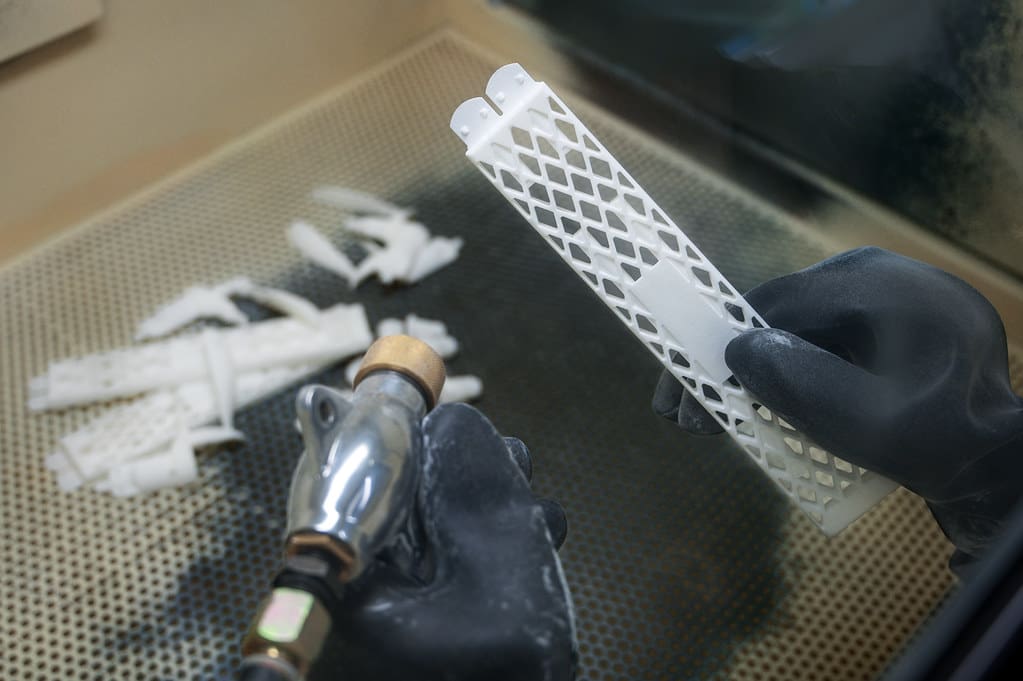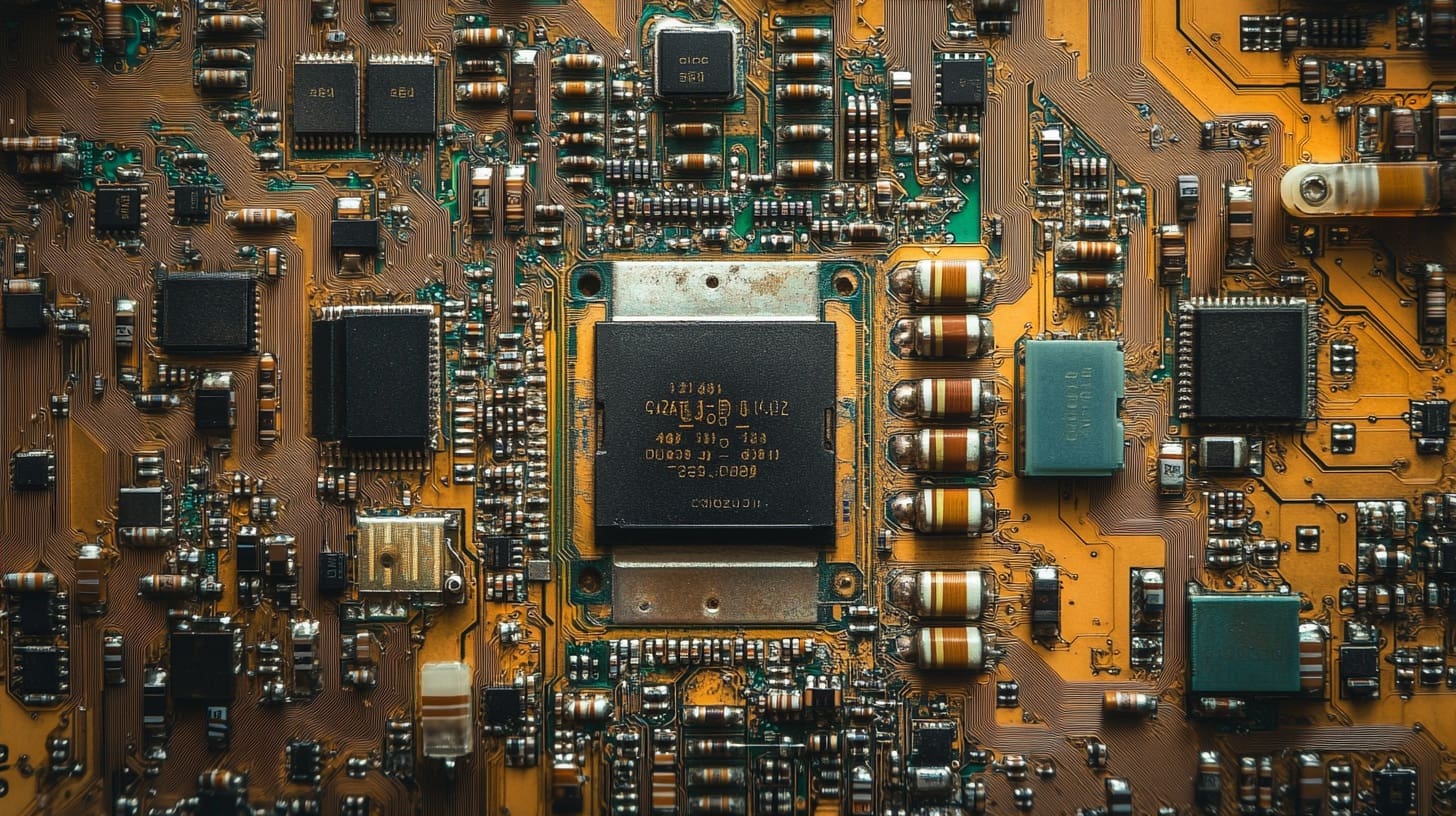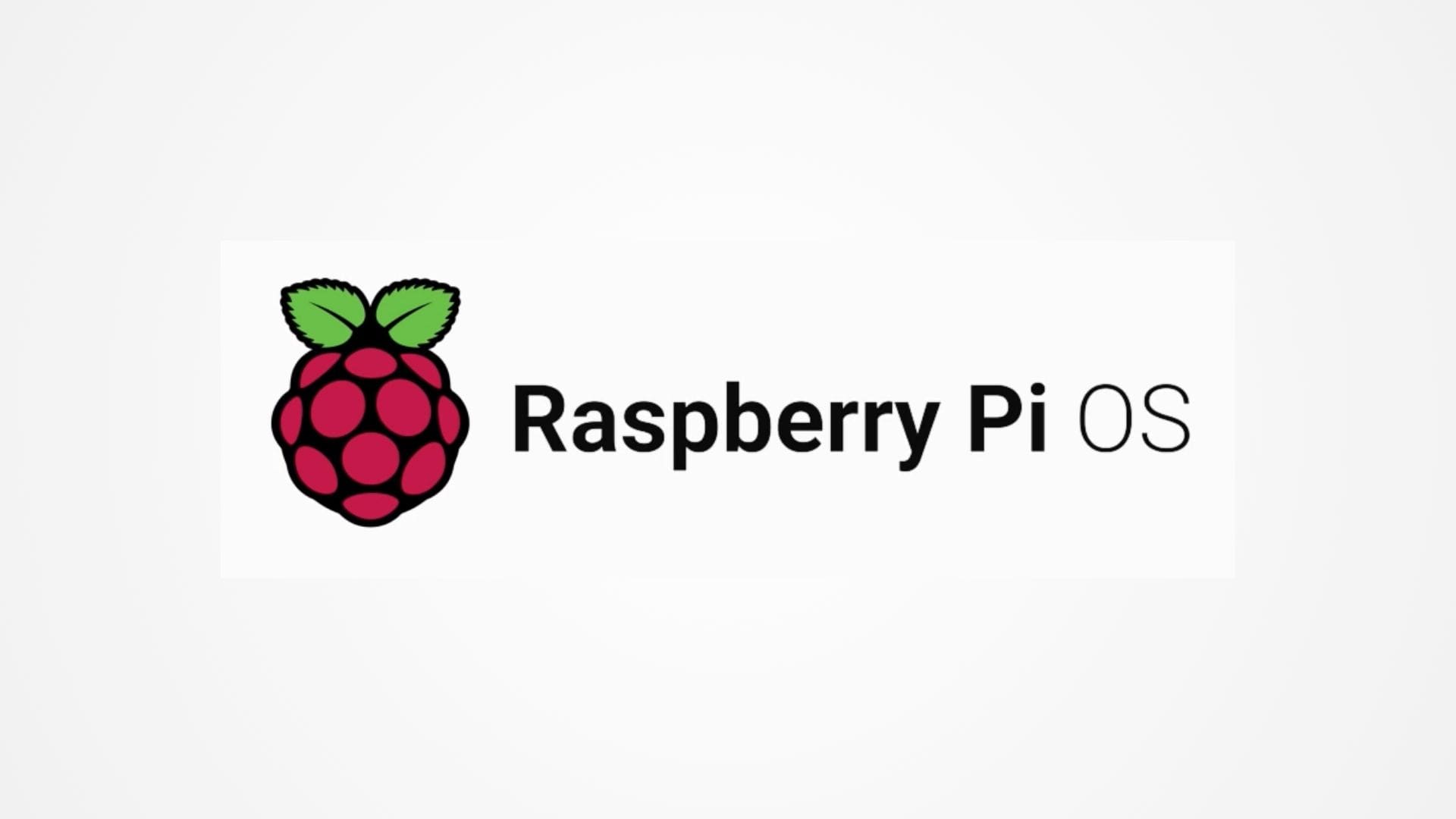The cleaning industry, often characterized by traditional tools and methods, is embracing the disruptive potential of 3D printing technology. This innovative approach to manufacturing is transforming how cleaning tools are designed, produced, and utilized, offering unprecedented customization, efficiency, and sustainability. As cleanliness and hygiene continue to gain importance in various sectors—from healthcare to hospitality—3D printing emerges as a key player in developing more effective, ergonomic, and environmentally friendly cleaning solutions.
The Emergence of 3D Printing in Cleaning Tool Manufacturing
3D printing, also known as additive manufacturing, has broadened its impact from prototyping to producing end-use products across numerous industries. In the realm of cleaning tools, 3D printing allows manufacturers to overcome traditional design limitations, enabling the creation of tools that meet specific cleaning challenges with enhanced functionality and user-centric designs. This transition not only reflects the versatility of 3D printing but also its capacity to meet the high-demand and dynamic needs of the cleaning industry.

Advantages of 3D Printing in Cleaning Tools
Customization and Precision: 3D printing excels in producing bespoke products tailored to specific tasks. Cleaning tools can be designed to fit particular spaces or tackle unique cleaning challenges, such as ergonomic handles for better grip or heads designed to clean hard-to-reach areas effectively.
Rapid Prototyping and Innovation: The ability to rapidly prototype tools allows for quick testing and refinement, significantly speeding up the development process. This is crucial in an industry where the efficiency and effectiveness of cleaning tools can directly impact health and safety standards.
Material Efficiency and Waste Reduction: 3D printing adds material only where it is needed, minimizing waste during the manufacturing process. This efficient use of materials not only reduces costs but also aligns with the increasing environmental sustainability goals within the industry.
Strength and Durability: Advances in 3D printing materials mean that tools can be made as durable and robust as those produced through conventional manufacturing methods, if not more so. This includes the use of polymers that are resistant to chemicals and wear, ensuring longevity and reliability.
Key Applications of 3D Printing in Cleaning Tools
Customized Brushes and Sponges: Brushes and sponges with unique bristle arrangements or sponge densities can be 3D printed to maximize cleaning effectiveness for specific surfaces or contaminants, reducing cleaning time and effort.
Ergonomic Handles: Handles for mops, brooms, and scrubbers can be custom-designed to fit individual user hands comfortably, reducing fatigue and the risk of repetitive strain injuries, a common issue in professional cleaning jobs.
Specialized Attachments for Vacuums and Scrubbers: Vacuum attachments or scrubber heads designed for particular environments, like healthcare settings or industrial kitchens, can be produced to meet strict hygiene standards and cleaning requirements.
Bio-based Cleaning Tools: 3D printing allows the exploration of bio-based and biodegradable materials, promoting sustainability. These materials can be used to create disposable or semi-disposable cleaning tools that biodegrade after use, ideal for sensitive environments like hospitals.

Challenges in 3D Printing for Cleaning Tools
Despite the promising benefits, several challenges remain in the adoption of 3D printing for cleaning tools:
Material Limitations: The materials used in 3D printing must meet specific criteria for cleaning tools, such as chemical resistance, flexibility, and durability. Developing materials that fulfill all these requirements is ongoing.
Production Speed and Cost: While 3D printing is excellent for prototypes and small production runs, scaling it to higher volumes traditionally done by injection molding or other manufacturing methods can be less cost-effective and slower.
Regulatory and Health Standards: Cleaning tools, especially those used in medical or food service industries, must meet stringent health and safety regulations. Ensuring that 3D-printed tools comply with these standards is crucial and sometimes challenging.
Future Directions in 3D Printing for Cleaning Tools
The future of 3D printing in the production of cleaning tools is promising, with ongoing advancements in printing technologies and materials likely to overcome current barriers. As the industry continues to recognize the benefits of customized and efficiently produced tools, 3D printing is expected to play an increasingly significant role. Further innovations could lead to smarter cleaning tools with embedded sensors or IoT capabilities, enabling data-driven cleaning processes and improved hygiene monitoring.
3D printing is set to revolutionize the cleaning tool industry by providing innovative solutions that enhance the design, functionality, and sustainability of cleaning products. As the technology continues to evolve, it promises to unlock new possibilities for making cleaning more effective, ergonomic, and environmentally friendly, reshaping the way maintenance is approached across all sectors.








